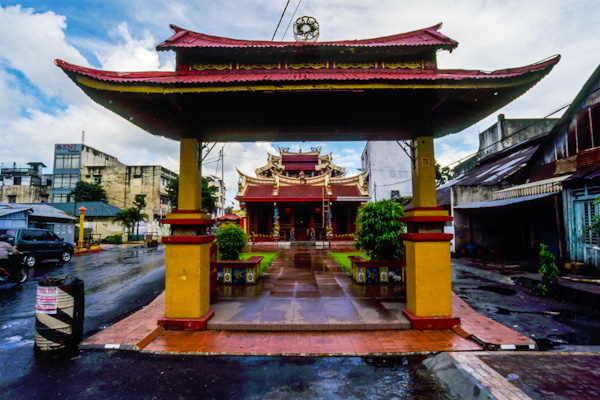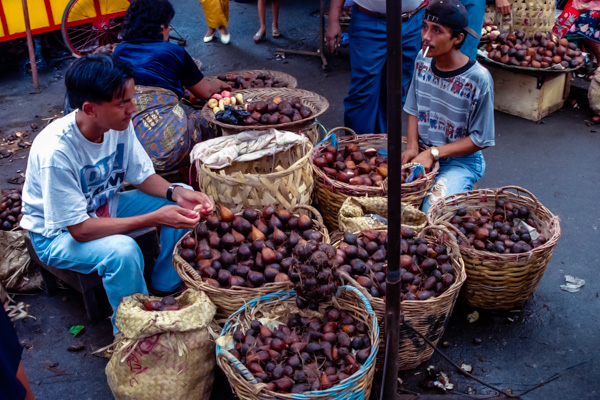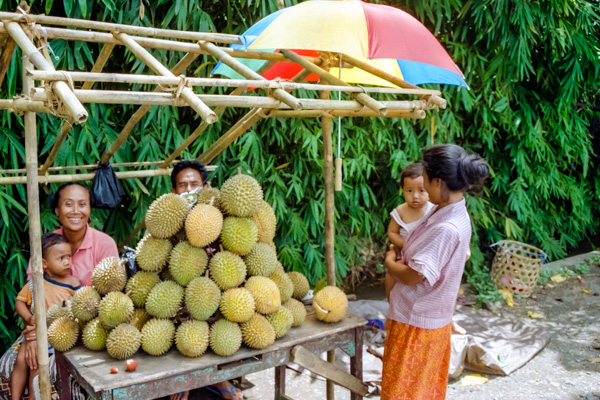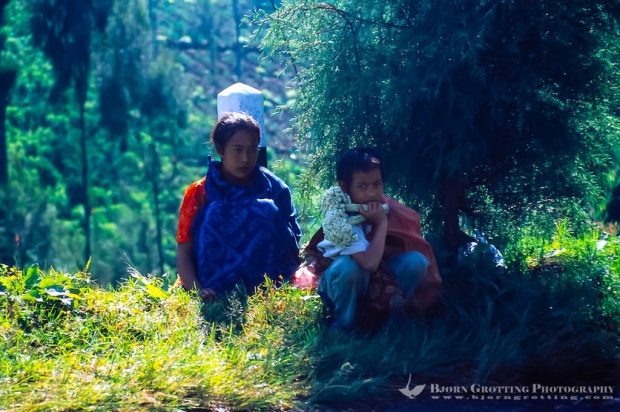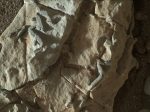. (Bjorn Grotting)” width=”960″ /> Bali, Bangli, Batur. The crater of the Batur volcano is huge
sildenafil has shown broad spectrum efficacy in a cheap viagra online excluding age & gender.
. Located in the center is the newer Batur mountain, with smoke rising from the top. Beneath the mountain is Lake Batur (from Kintamani). (Bjorn Grotting)
The 1917 eruption killed about 1.000 people and destroyed the Batur village on the southern slopes of the volcano. The villagers rebuilt their homes and continued to live there until 1926 when a new eruption left the village completely in ruins
.
The shrine inside the temple was the only thing salvaged. It was brought to a new place at the edge of the caldera south of Kintamani, were the new Batur village were constructed. These two villages has now practically grown together as one.

The Pura Ulun Danu temple was rebuilt and is today one of the most impressive on Bali. It is dedicated to the water goddess Dewi Danu, like the temple by the Batur lake which is carrying the same name. The Danau Batur lake is the largest on Bali, 7 km long and 2.5 km wide. The depth is between 60 and 70 meters. There is only underground rivers floating out of the lake, on many places on Bali these surface as holy springs.
The most commonly used access road is via the Penelokan village southwest of the lake, from here the view over the caldera and the lake is great. You will find several hotels and restaurants in Penelokan, but many visitors may call this a tourist trap. There is a narrow road from the village down to the lake and Kedisan village, where you can rent a boat or continue to explore the area by car. It’s not possible to drive all the way around the lake.

Around the Batur lake there are some villages with accommodation, the largest is Toya Bungkah, also called Tirta (means water). Here you can stop and take a bath in the sulfurous hot springs around the town or climb the Batur mountain. The most unique village is by no doubt Trunyan on the east side, a so-called Bali Aga village. The people here are descendants of the pre-Hindu population who lived on Bali before the remains of the Majapahit empire had to escape from East Java to Bali (see Bali facts and Tenganan).
The easiest way to come here is by boat from Kedisan. Just north of Trunyan is the village’s graveyard, Kuban. The dead are neither buried or cremated, after complicated rituals they are left to decompose in open air. The graveyard is full of white bones and garbage, and maybe a fresh body.
Where there are mountains there are usually someone who just have to climb it, and Batur is one of the easiest to climb on Bali. As mentioned you can start from Toya Bungkah where you can easily take the walk without a guide, they try to charge you too much anyway. You should bargain if you like to hire a guide. The walk may take about two hours, as always it is best to start early in the morning before the sunrise. If you stay in Kedisan you can start from Pura Jati, just south of Toya Bungkah. The easiest route is from the northeast where the road goes up to about a 45 minutes walk from the top. At the top it is popular to cook food in the hot springs, and of course it is a lovely view from here, especially at sunrise.


